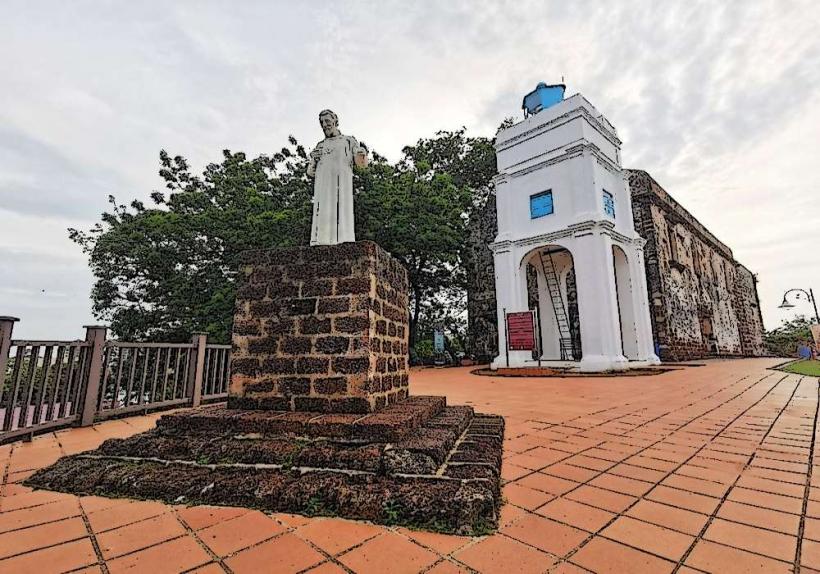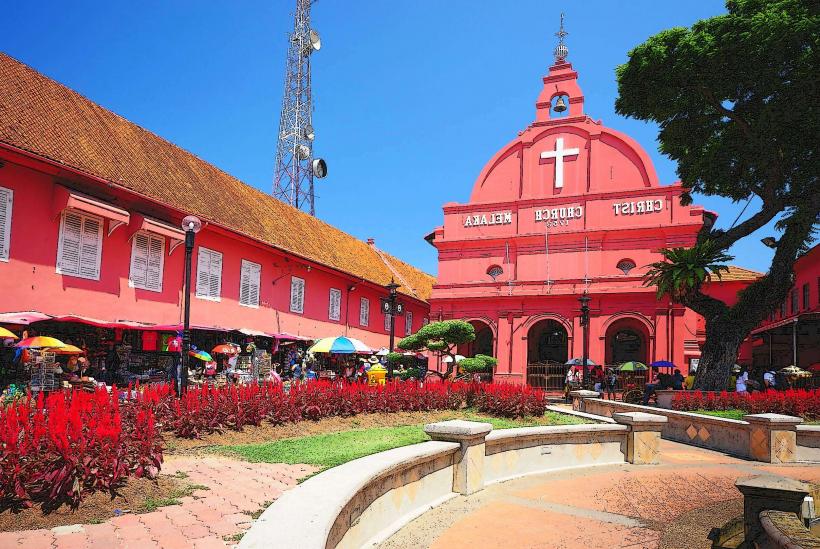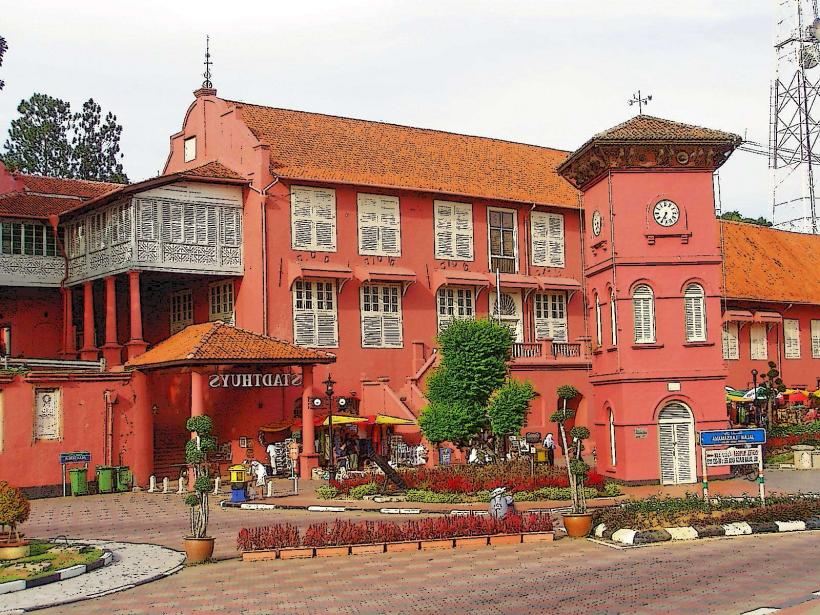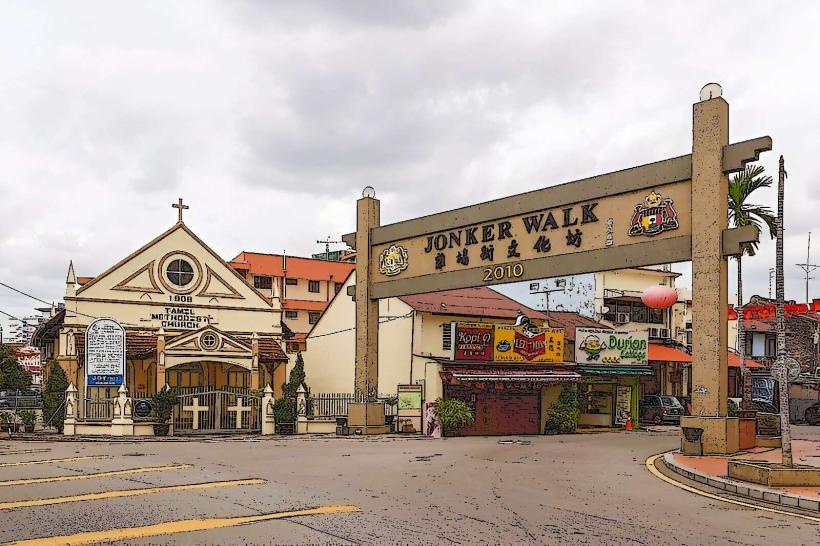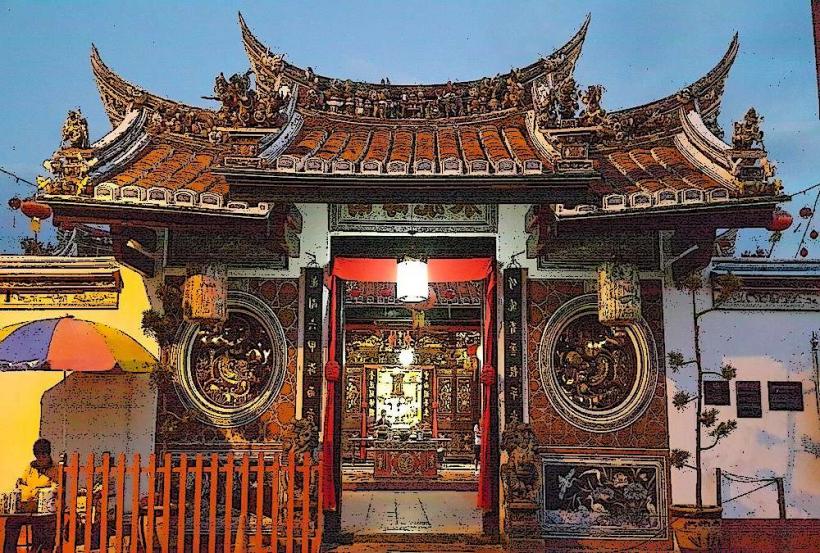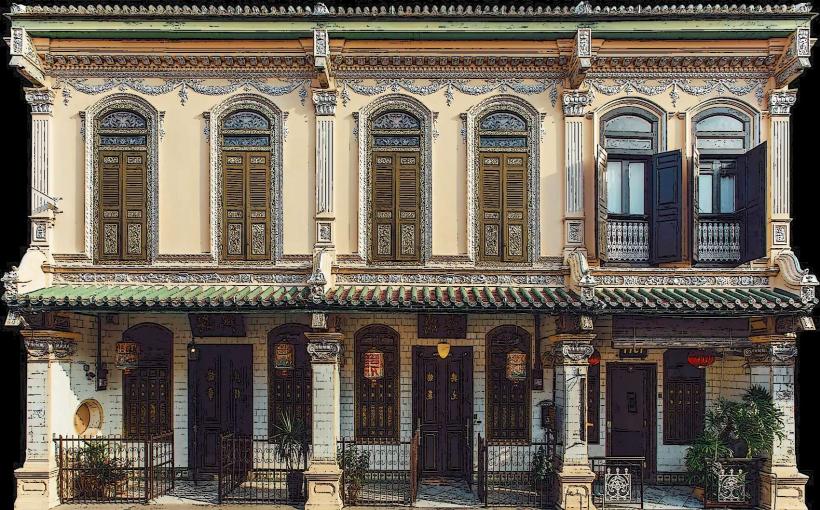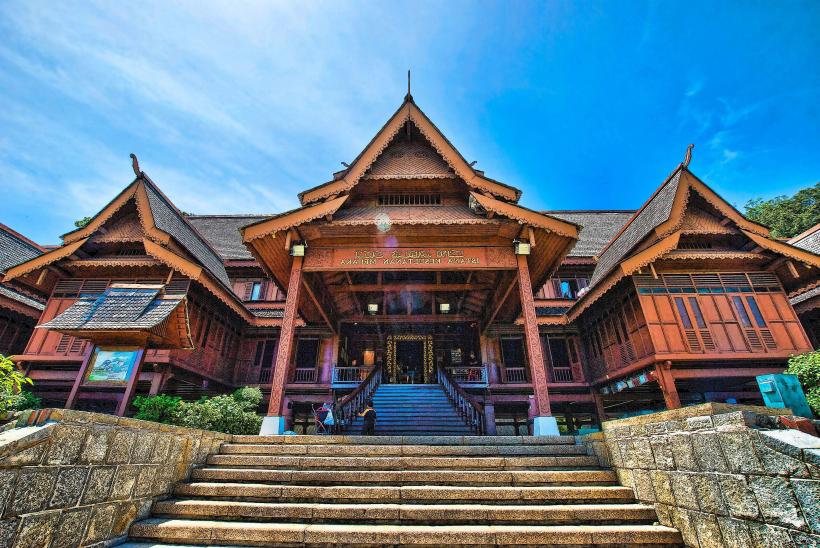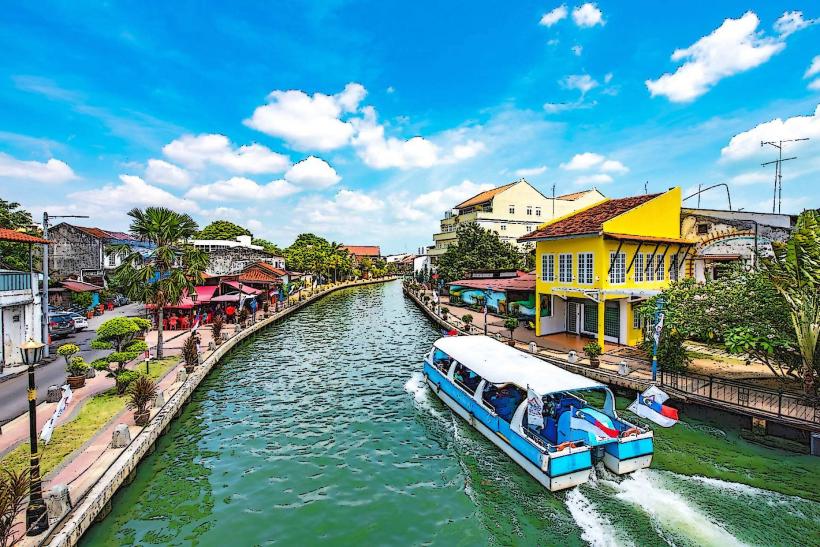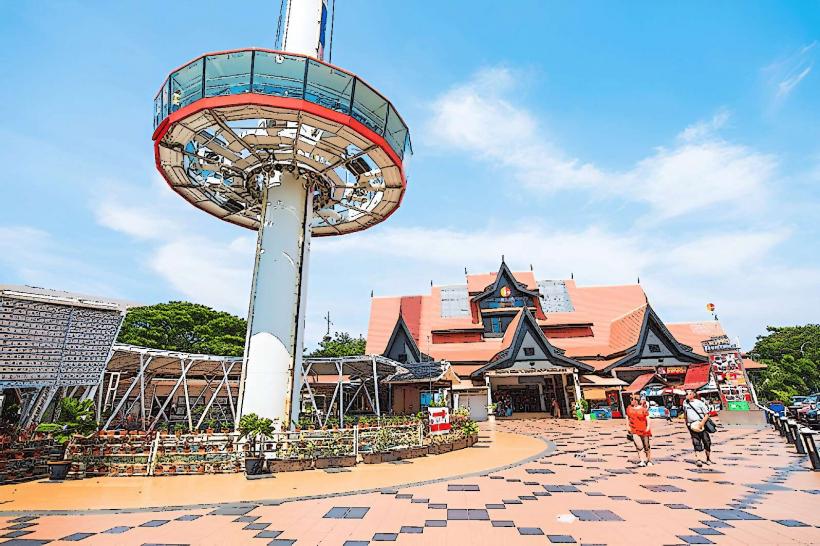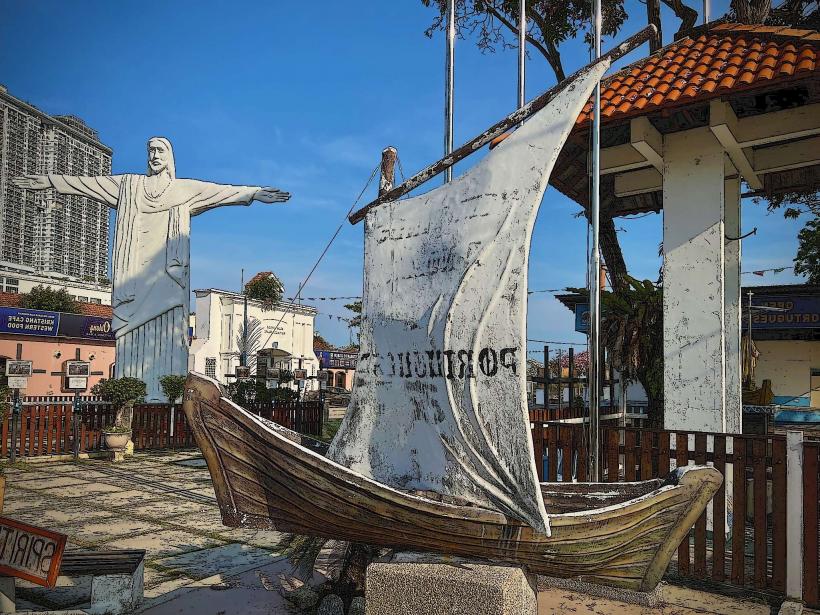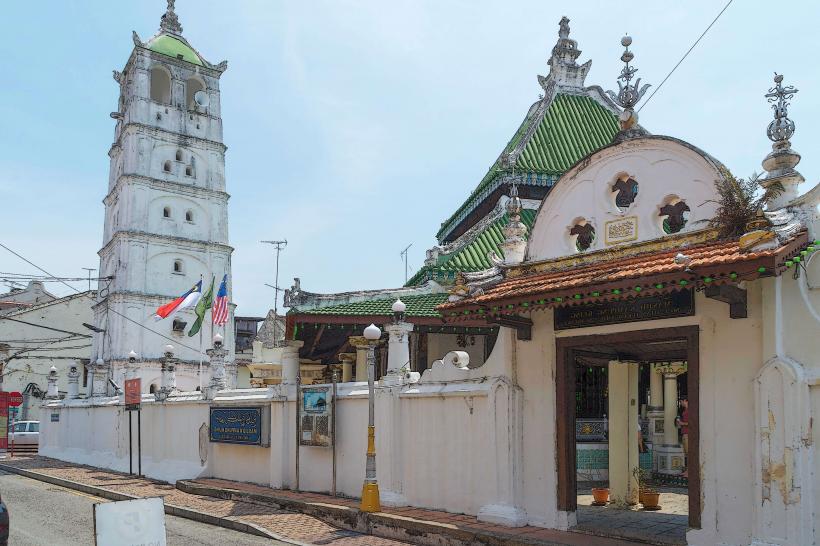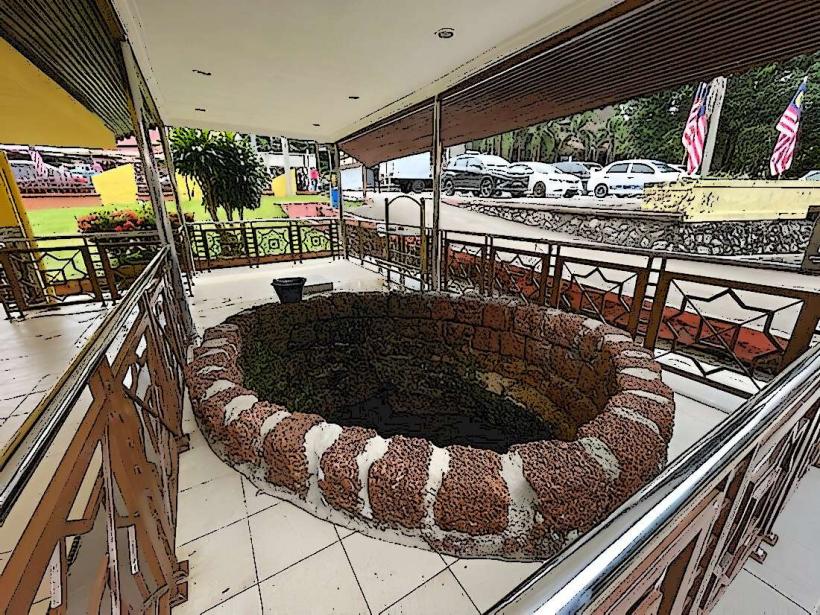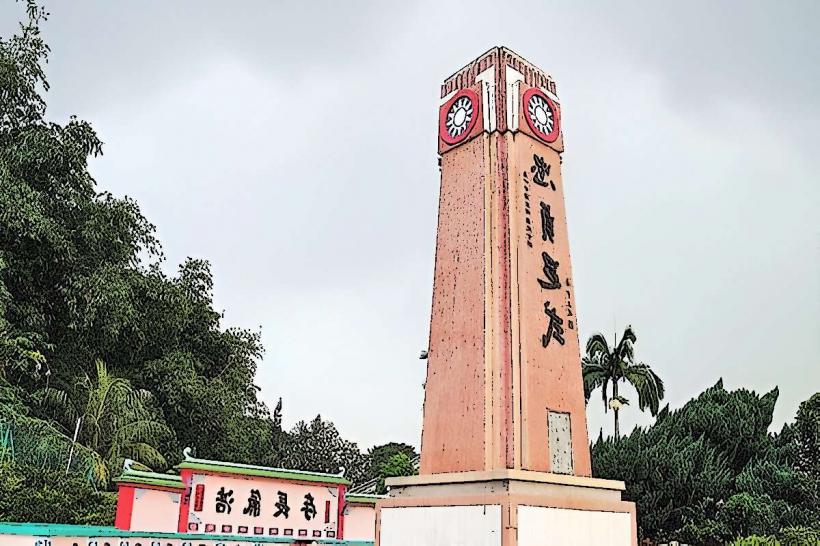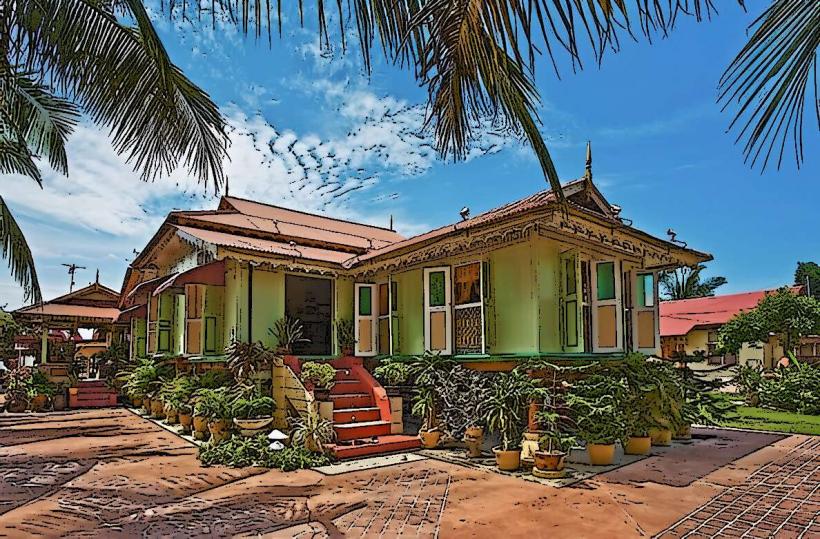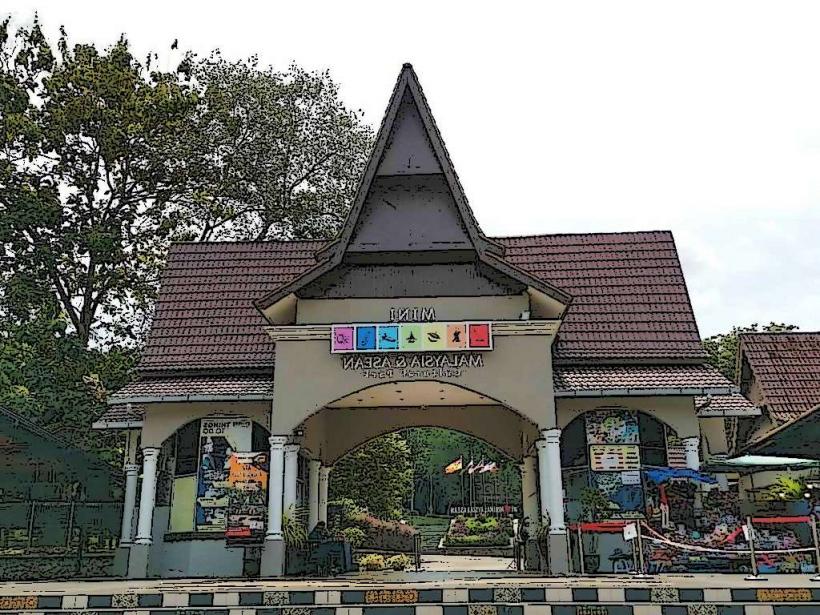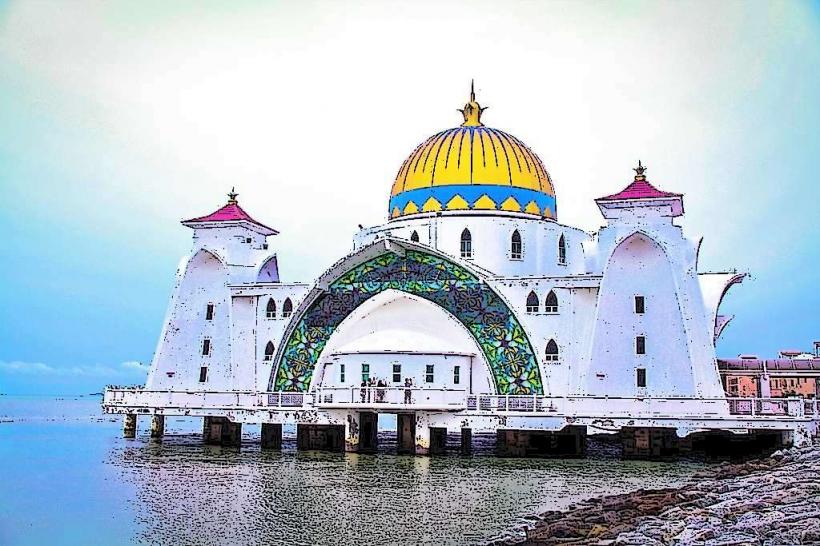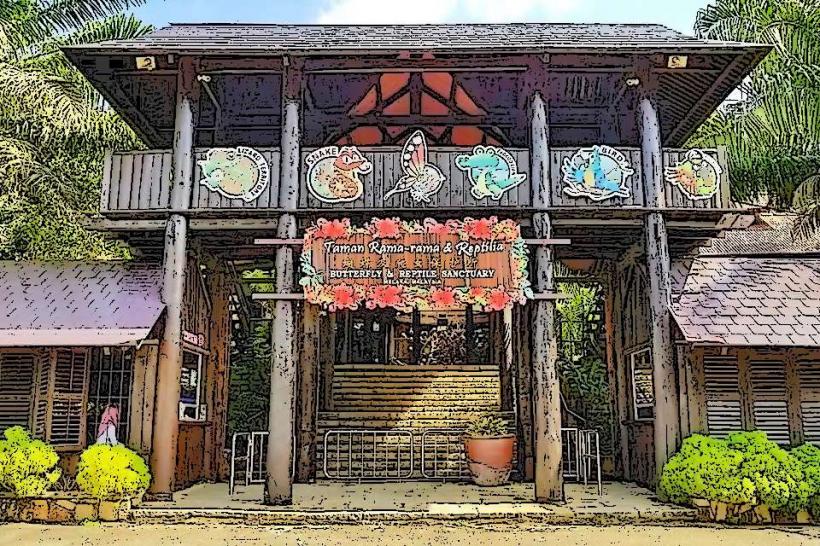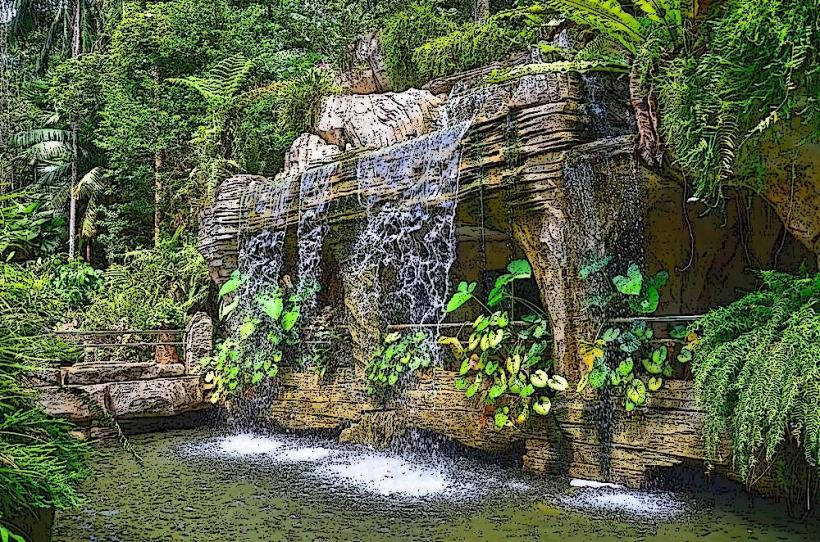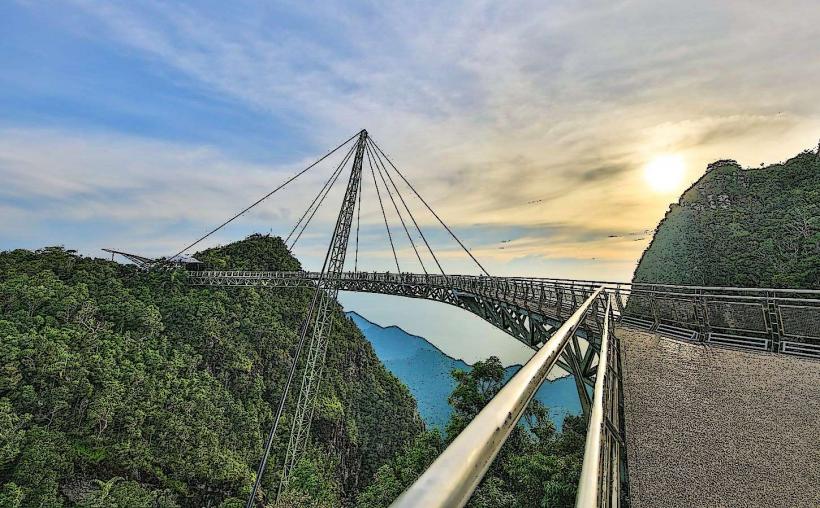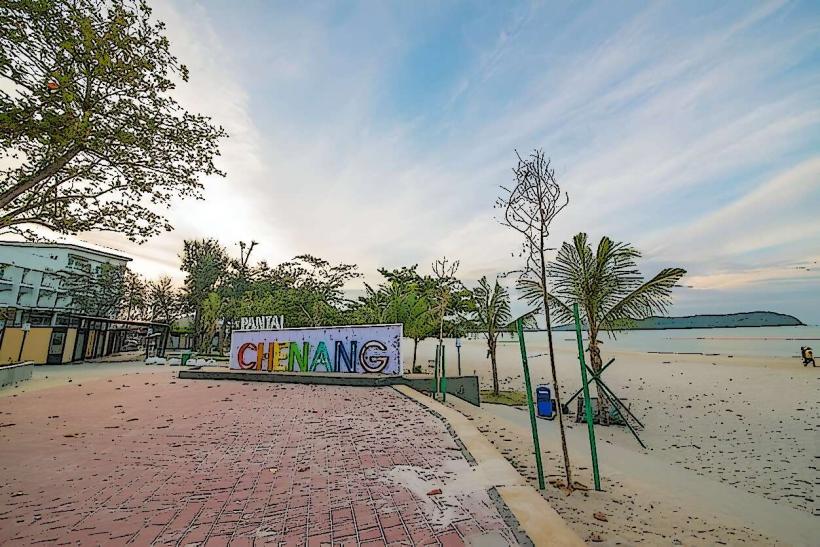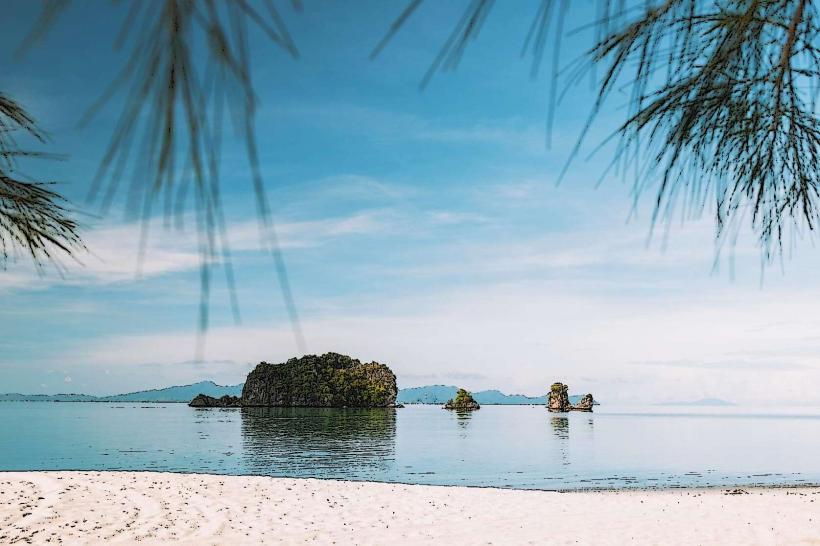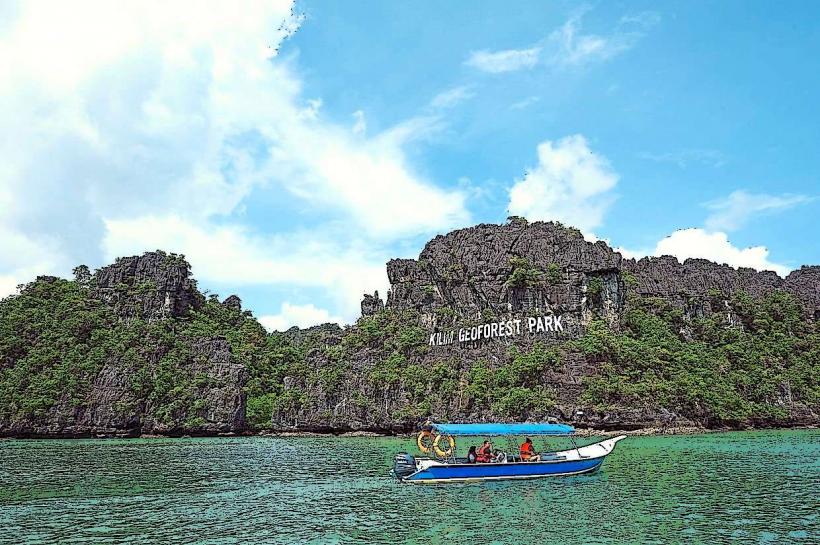Information
Landmark: Maritime Museum (Flor de la Mar Ship)City: Malacca
Country: Malaysia
Continent: Asia
The Maritime Museum (Flor de la Mar) in Malacca, Malaysia, is one of the city’s most iconic attractions. Housed within a replica of the Portuguese ship Flor de la Mar, the museum highlights the rich maritime history of Malacca, particularly during the Age of Exploration, when the city was a strategic trading hub.
Overview
- Established: 1994.
- Location: Along the Malacca River, near the city center.
- The museum’s centerpiece is a faithful replica of the Flor de la Mar, a Portuguese ship that sank off the coast of Malacca in 1511 while transporting treasures seized from the Sultanate of Malacca.
- The museum showcases the maritime history of Malacca, covering the era of the Malay Sultanate, Portuguese, Dutch, and British colonial periods.
About the Flor de la Mar
- The Flor de la Mar ("Flower of the Sea") was a Portuguese carrack (large sailing ship) used during the early 16th century.
- It played a pivotal role in the Portuguese conquest of Malacca in 1511 under the command of Afonso de Albuquerque.
- The ship sank off the coast of Sumatra during a storm, carrying an immense fortune of gold, jewels, and treasures looted from Malacca.
Architecture and Layout
The museum’s replica is a massive wooden ship measuring 34 meters long, 8 meters wide, and 18 meters high. Visitors can explore its interior, which has been converted into a multi-level museum space.
Key Areas:
Lower Deck:
- Displays of navigation tools, maps, and maritime artifacts from various eras.
- Replicas of traditional Malay and colonial-era ships, showcasing the evolution of shipbuilding techniques.
Main Deck:
- Exhibits focusing on the trade routes and commodities of the Malacca Sultanate, including spices, silk, and ceramics.
- Dioramas depicting the daily lives of traders, sailors, and port workers.
Captain’s Quarters:
- Reconstructed quarters showcasing life aboard the Flor de la Mar, complete with period furniture and navigational instruments.
Cargo Hold:
- Exhibits on the treasures that were carried aboard the Flor de la Mar, including replicas of gold, silver, and gemstones.
Exhibits and Themes
The Maritime Museum provides a comprehensive overview of Malacca's role as a global maritime hub.
Highlighted Exhibits:
Malacca’s Maritime History:
- Explores Malacca's golden age during the 15th century, when it was a thriving port under the Sultanate.
- Detailed maps show trade routes connecting Malacca to China, India, the Middle East, and Europe.
Colonial Era:
- Artifacts and exhibits from the Portuguese, Dutch, and British periods, emphasizing the city's strategic importance.
Ship Models:
- Intricate models of famous ships, including Portuguese carracks, Dutch galleons, and Chinese junks.
Navigation Technology:
- Displays of early maritime tools like compasses, astrolabes, and sextants.
- Explanation of how sailors navigated using the stars and ocean currents.
Trade Commodities:
- Exhibits of key goods traded in Malacca, such as spices, textiles, porcelain, and tin.
Visitor Information
Location:
- Situated on Jalan Quayside, near the Malacca River, the museum is part of a larger historical district.
Opening Hours:
- Daily: 9:00 AM to 5:30 PM (may vary during public holidays).
Admission Fees:
- Adults: Approximately RM 10.
- Children and students: Around RM 6.
Accessibility:
- Narrow staircases and steep steps make it less accessible for visitors with mobility issues.
Photography:
- Photography is allowed in most areas but may be restricted in some exhibit zones.
Significance
The Maritime Museum serves as a testament to Malacca’s historical importance as a maritime trading center. It vividly illustrates how the city’s strategic location made it a melting pot of cultures and a focal point for global trade during the 15th and 16th centuries.
Nearby Attractions
- Malacca River Cruise: Offers scenic views of the city’s historic waterfront.
- Stadthuys: A nearby Dutch colonial building that now houses history and ethnography museums.
- A Famosa: The remnants of a Portuguese fort located within walking distance.


